Angkor Wat: Cambodia’s architectural marvel
9 July 2024
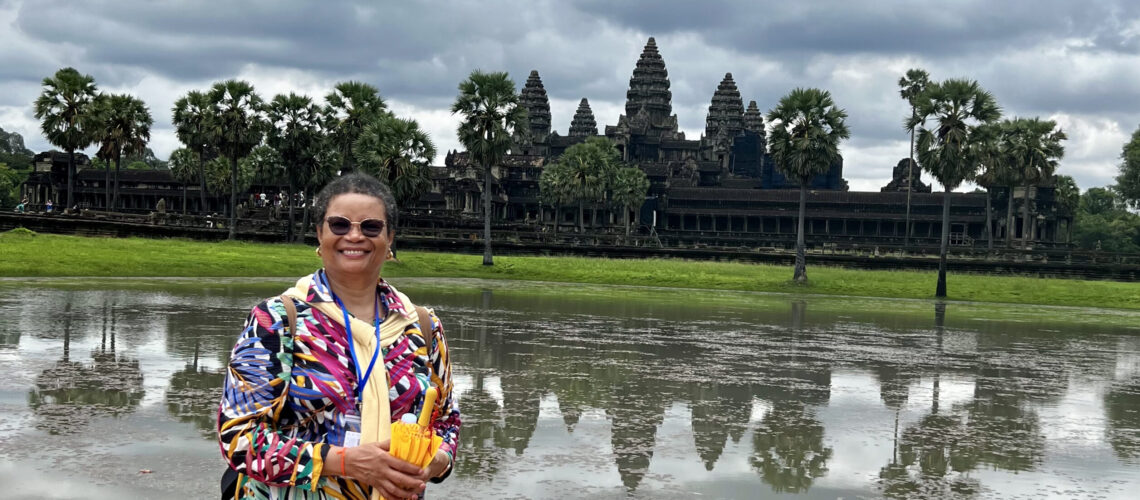
- Egg coffee – one of my amazing experiences in Vietnam! - 9 July 2024
- Cambodia: rich in history and culture - 9 July 2024
- Angkor Wat: Cambodia’s architectural marvel - 9 July 2024
9 July 2024

Discover the awe-inspiring Angkor Wat, often regarded as the 8th Wonder of the World. Located in Cambodia, this magnificent temple complex, once the capital of the Khmer Empire, is a must-see historical marvel.
This sprawling megacity covers over 400 acres, making it the largest religious monument in the world. As Cambodia’s most visited tourist attraction, Angkor Wat drew me in with its legendary status. I was eager to discover firsthand what makes this ancient temple complex so extraordinary and why it continues to captivate travellers from around the world.
The vastness of the Angkor complex encourages exploration and adventure. Whether by foot, bike, or tuk-tuk, each visit can reveal new hidden gems and perspectives on this ancient wonder.
Beyond Angkor Wat, the archeological park includes many other significant temples and structures such as Bayon, Ta Prohm, and Angkor Thom, each with its own unique charm and historical context.


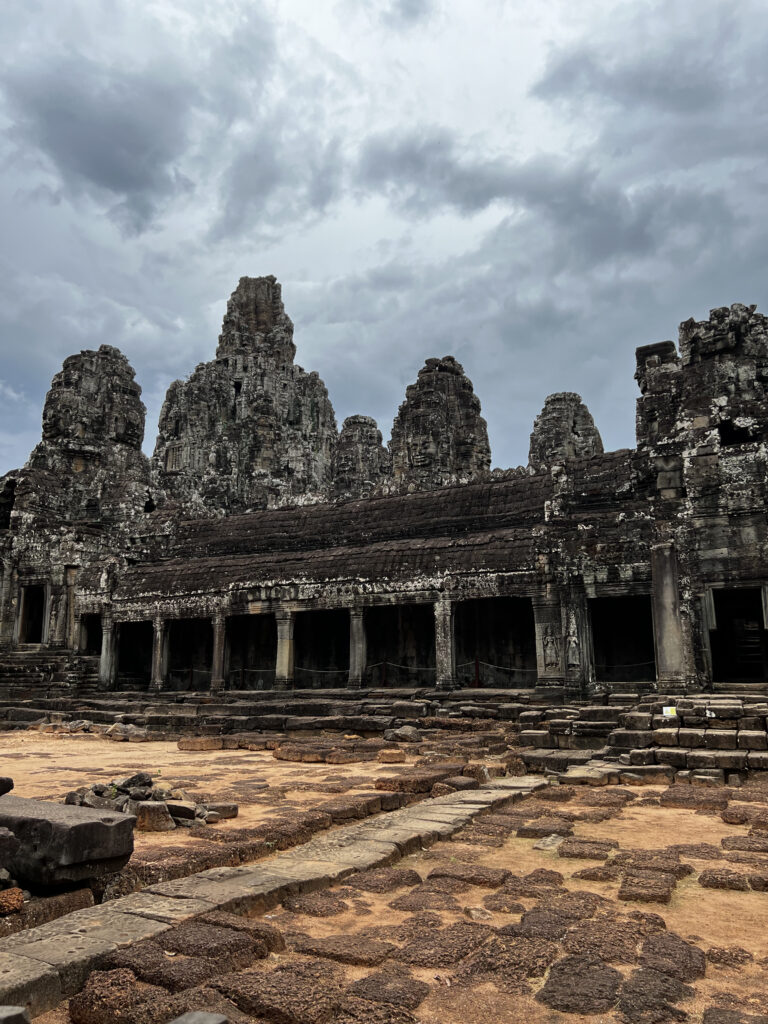
Angkor Wat showcases the pinnacle of Khmer architecture with its towering spires, detailed bas-reliefs, and massive scale. It is of historical importance and offers a unique glimpse into the religious, cultural, and political history of the Khmer Empire.
We dedicated an entire day to visiting the Angkor Wat complex and arrived very early in the morning. Unfortunately, it wasn’t early enough to catch the sunrise. Having a guide was invaluable, as he explained the significance of each part of the temples and the bas reliefs.
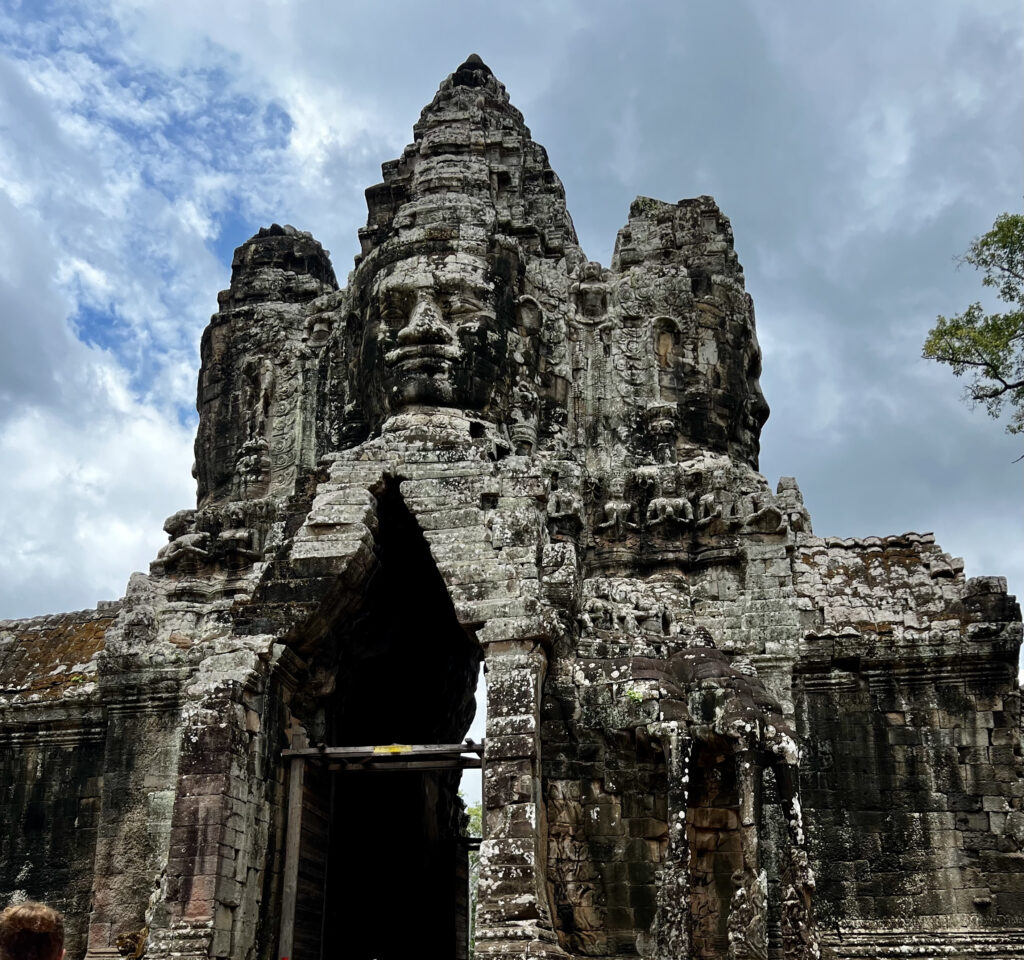
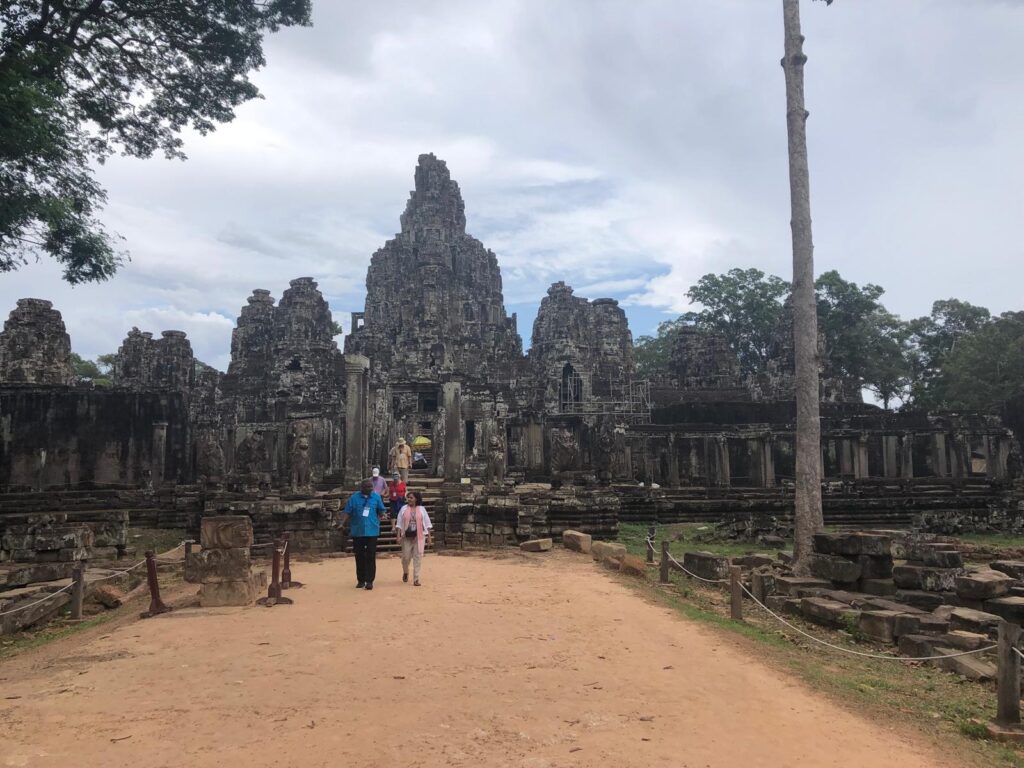
I found the bas reliefs of Angkor Wat particularly fascinating. These intricate and detailed stone carvings adorn the walls of the temple complex. They are significant both artistically and historically, offering insight into the culture, mythology, and daily life of the Khmer Empire during the 12th century.
One of the most famous panels is the “Churning of the Ocean of Milk,” which illustrates the Hindu creation myth where gods and demons work together to churn the ocean to obtain the elixir of immortality.

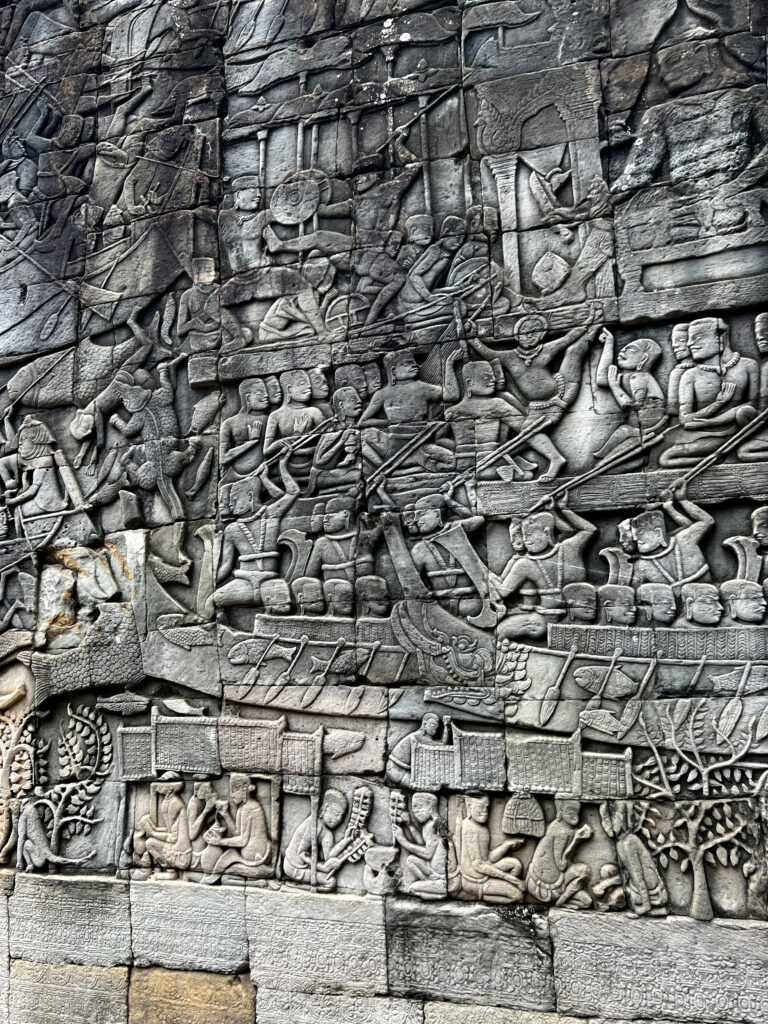
Some bas reliefs portray historical events, such as battles and processions, providing a glimpse into the military might and ceremonial practices of the Khmer Empire.
Overall, the bas reliefs of Angkor Wat are celebrated for their artistic beauty, complexity, and their role in conveying the rich cultural heritage of the Khmer Empire.
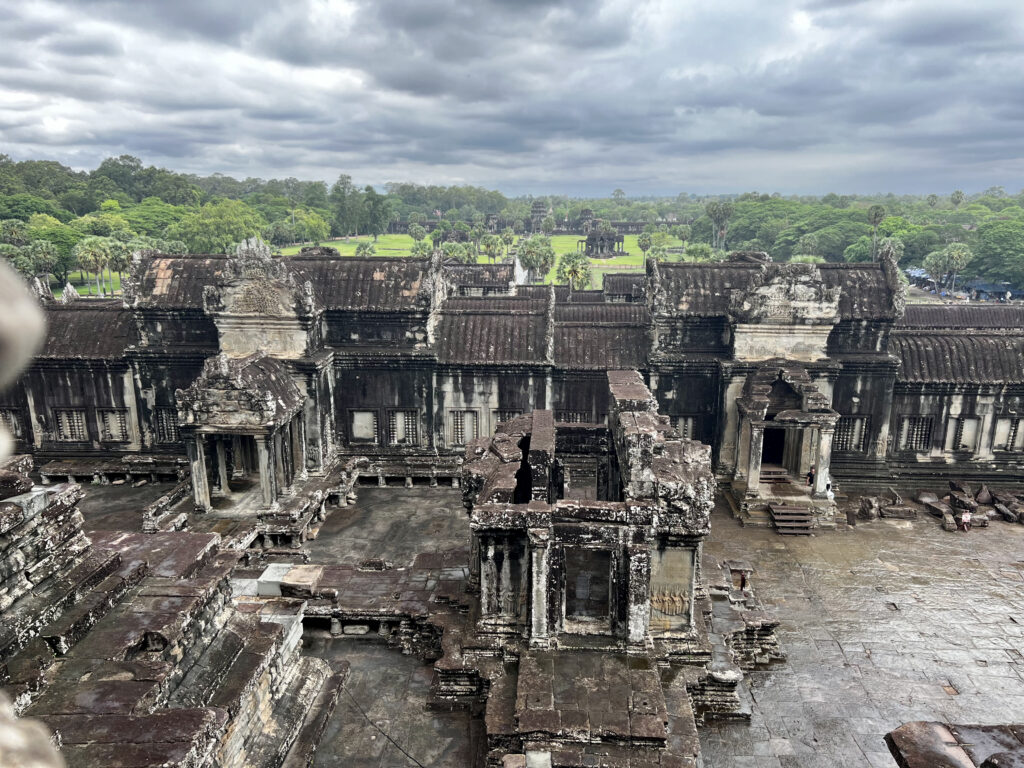

I couldn’t resist participating in a private blessing ceremony conducted by a local monk. I knelt on the mat as he chanted blessings and poured holy water over me—a traditional practice believed to bring good luck from the gods. Then, he tied a sacred thread around my wrist to protect me from evil spirits.

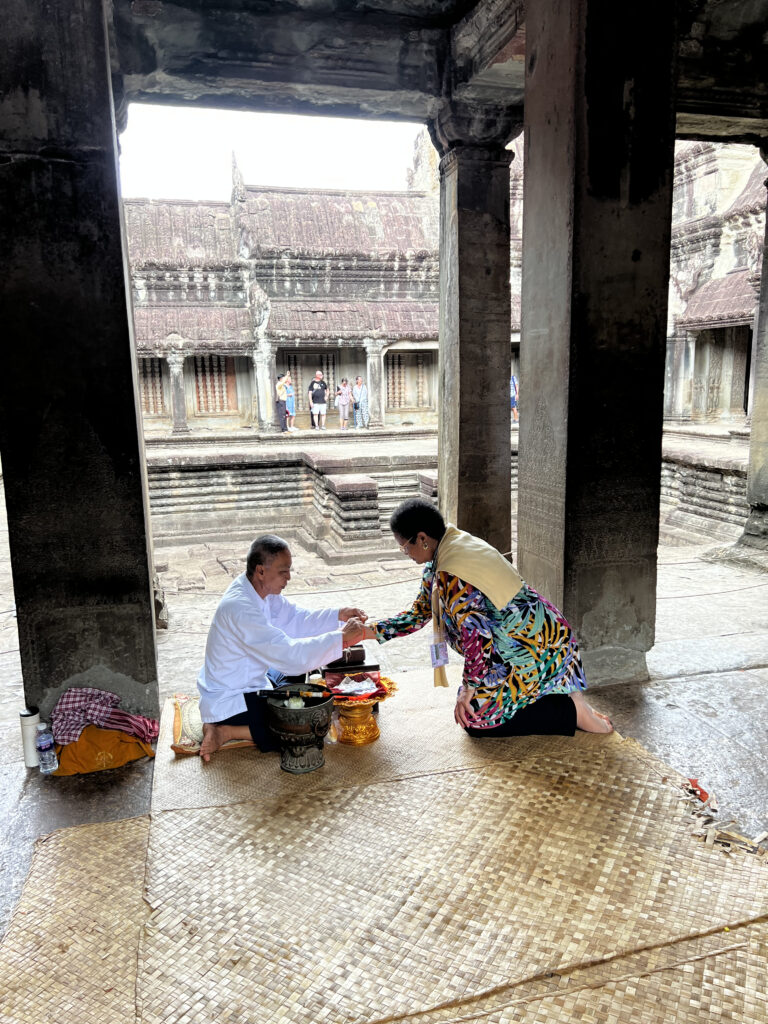
I loved the reflection pond in front of the main temple which is one of the best spots to watch the sunset, offering a clear view of the temple’s silhouette against the colourful sky.
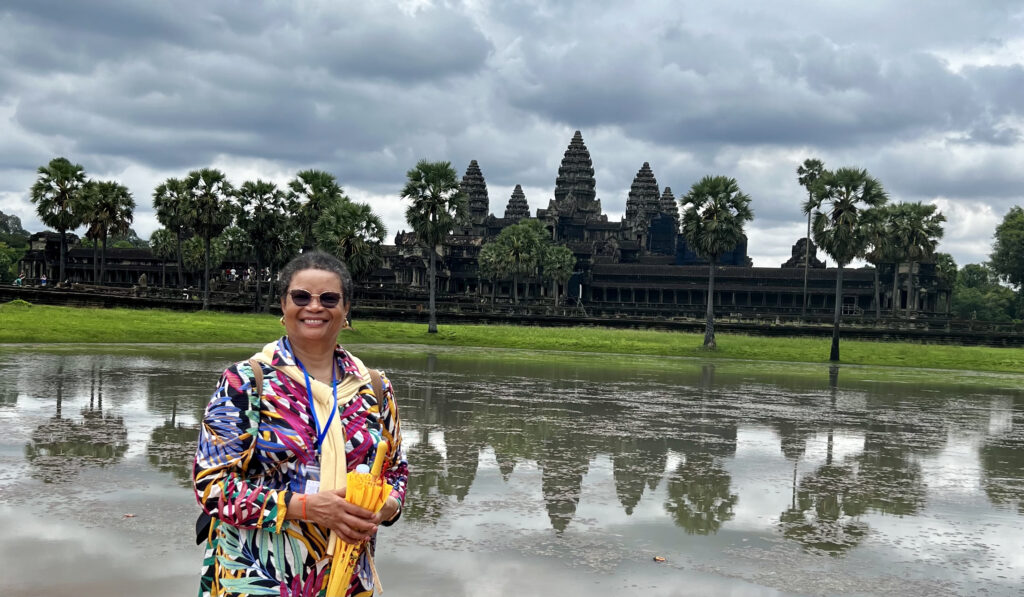
Angkor Wat’s status as a UNESCO World Heritage Site underscores its global cultural importance and ensures its preservation for future generations.
I saw evidence of restoration work that have been carried out with careful attention to historical integrity and cultural significance. These efforts demonstrate a proactive approach towards restoration.
One of the things that made me go “wow” during my visit to Angkor Wat were the stunning tree roots growing out of the ancient ruins in various places. These roots were absolutely awe-inspiring, intertwining with the stone structures in a way that seemed almost magical. The sheer size and variety of the roots, ranging from thin, delicate tendrils to massive, gnarled trunks, are firmly etched in my memory.
These tree roots became the most overwhelming experience for me, adding a unique, almost surreal beauty to the already magnificent ruins. Our guide mentioned that one of the trees, known for its impressive and iconic roots, featured in the Indiana Jones movies. Naturally, everyone wanted to take a photo in that spot, captivated by the blend of nature and history.
The roots seemed to tell their own story, one of resilience and the passage of time, as they slowly enveloped the ancient stones. It was fascinating to see how nature and human-made structures had become so intertwined over the centuries, each supporting and shaping the other.
I think the best way to truly capture the essence of this experience is through the following photos. These images highlight the incredible beauty and power of the tree roots at Angkor Wat, showcasing the unique blend of natural wonder and historical significance that left such a lasting impression on me.
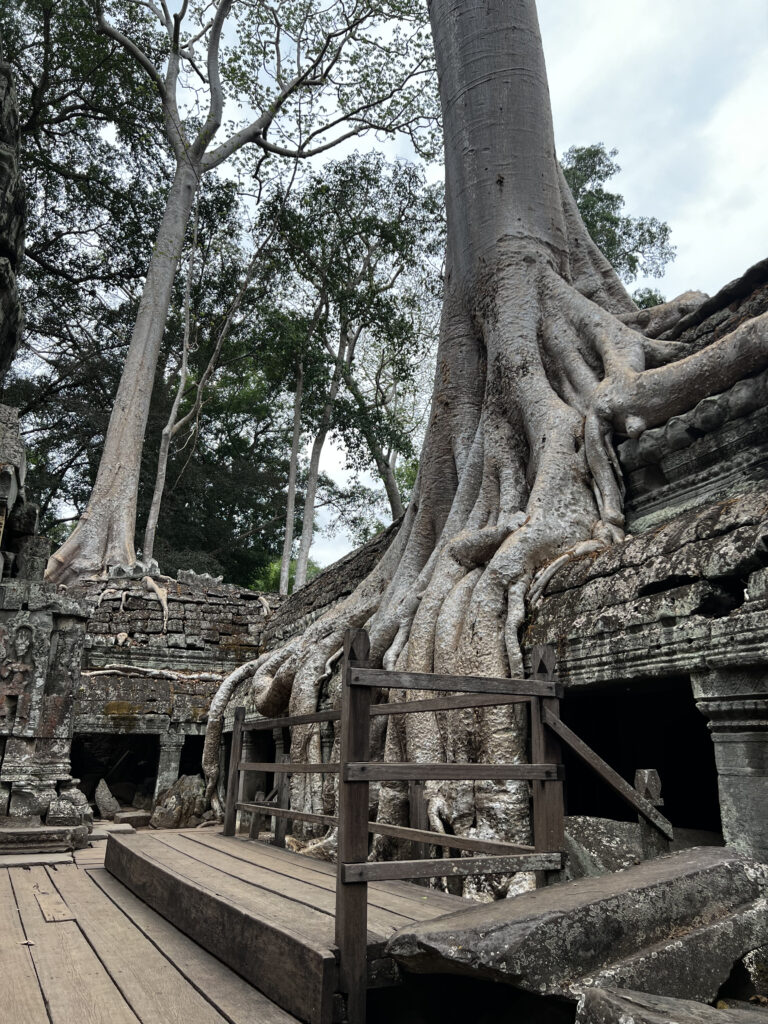
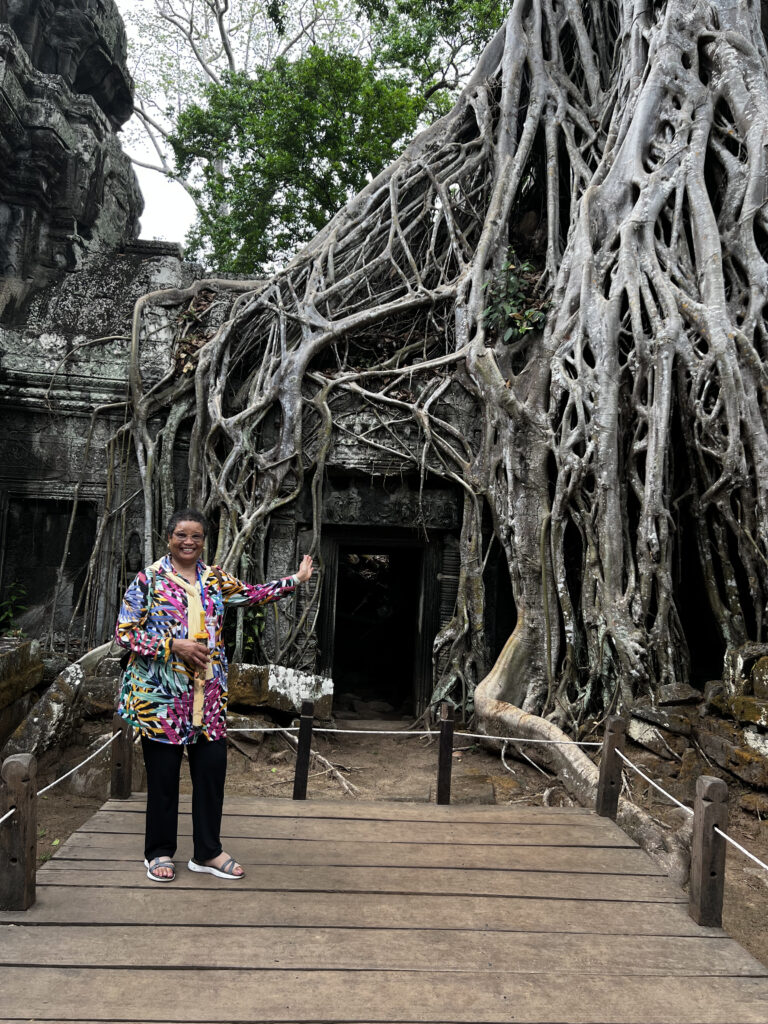
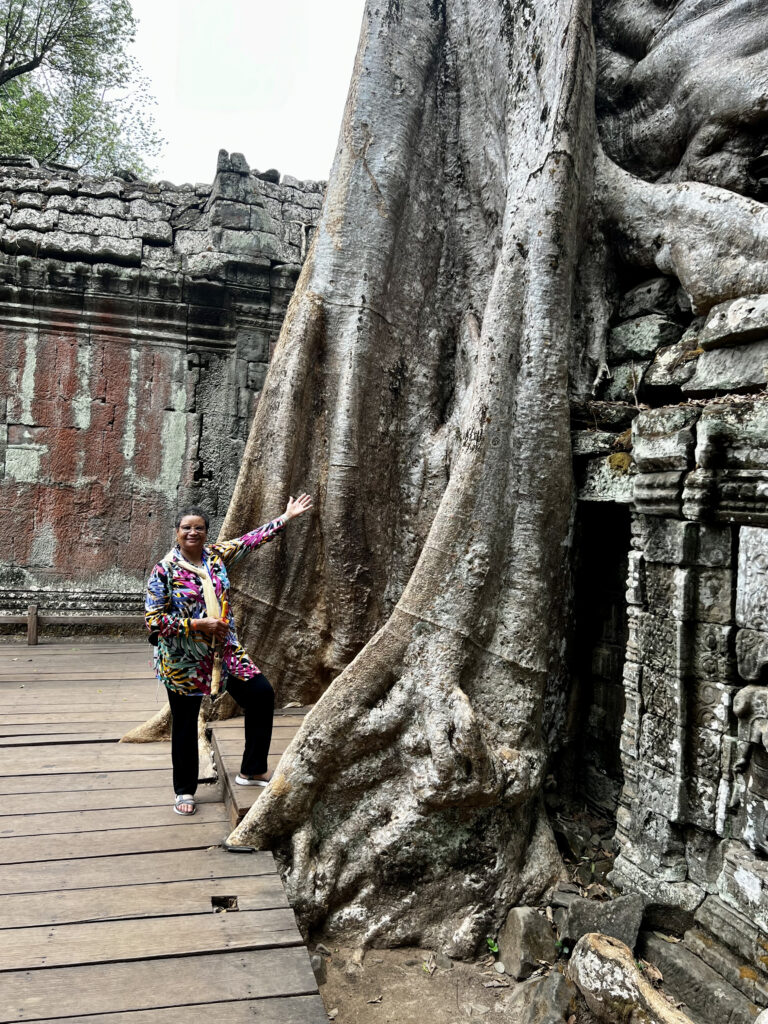
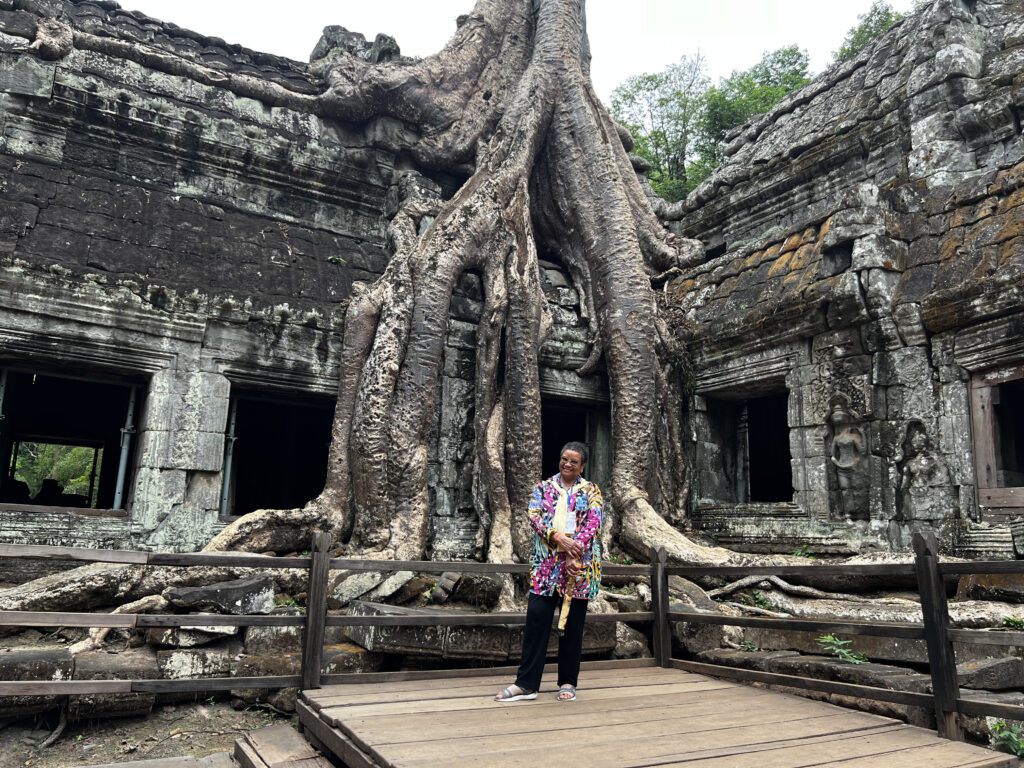
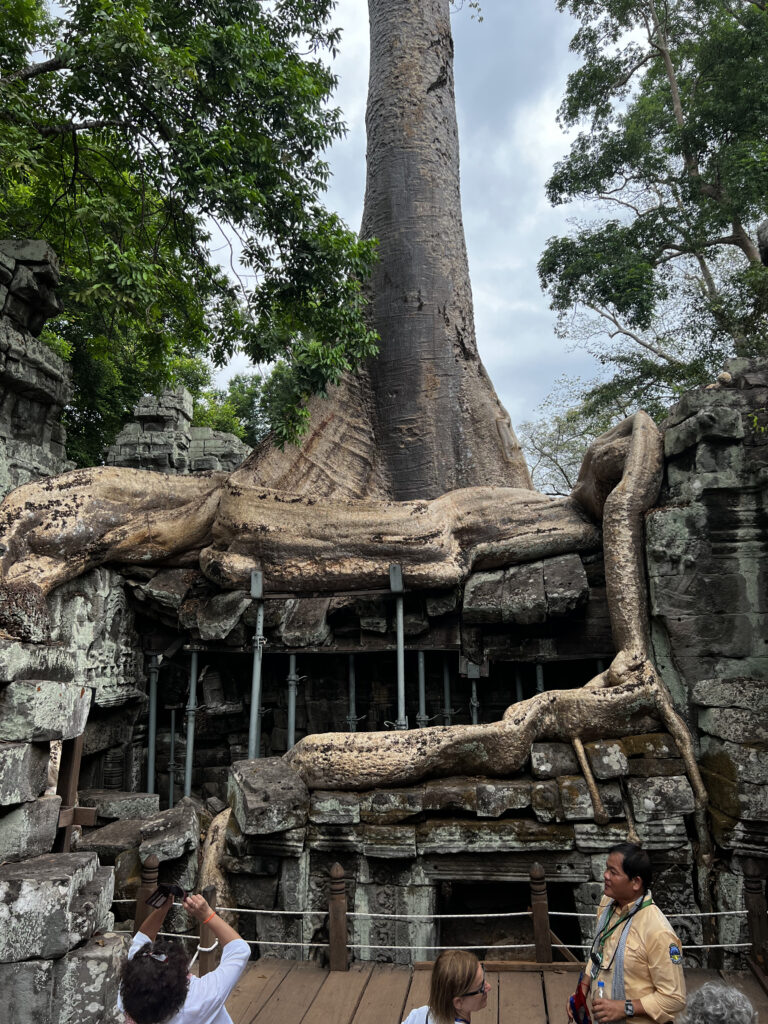
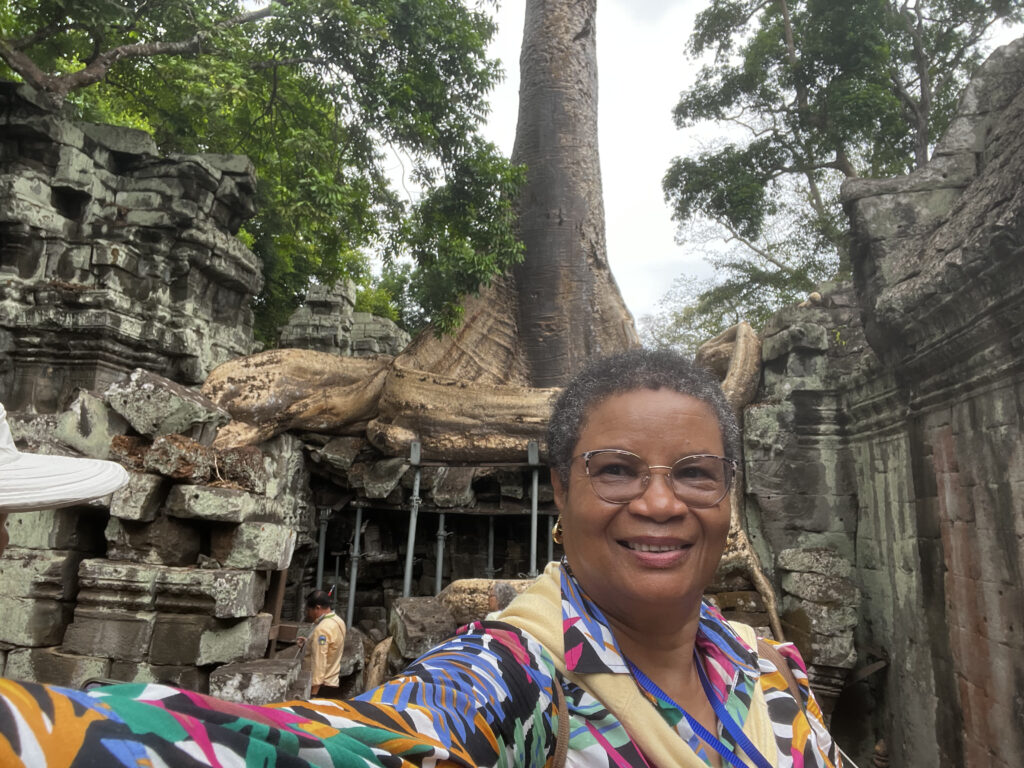
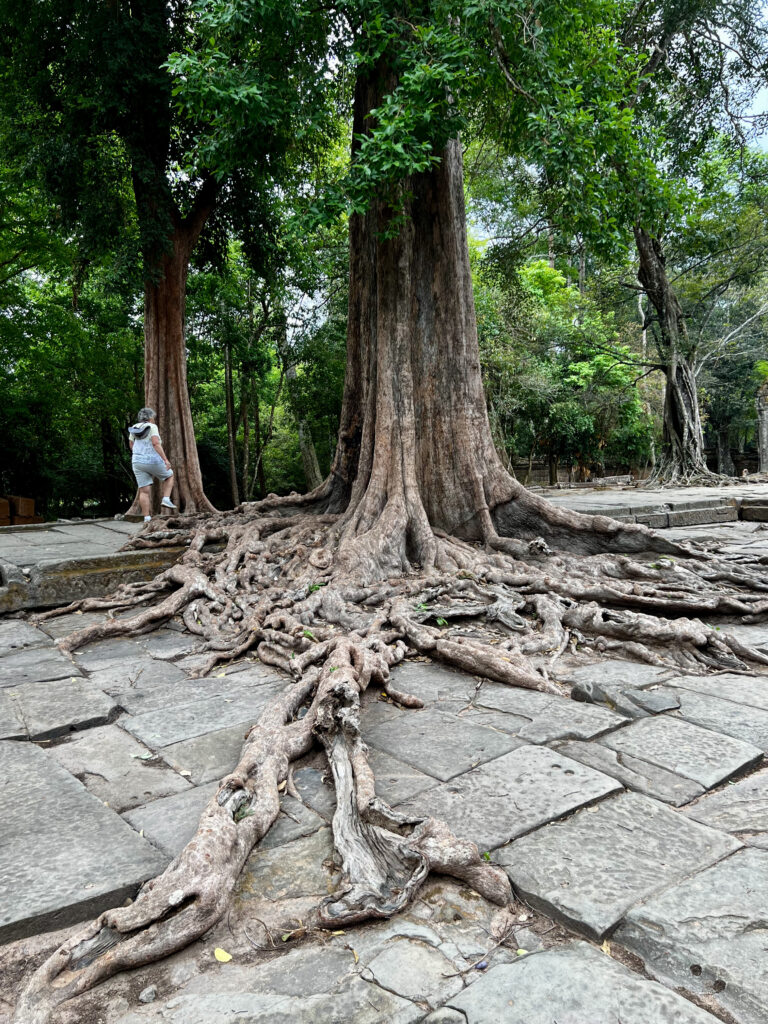


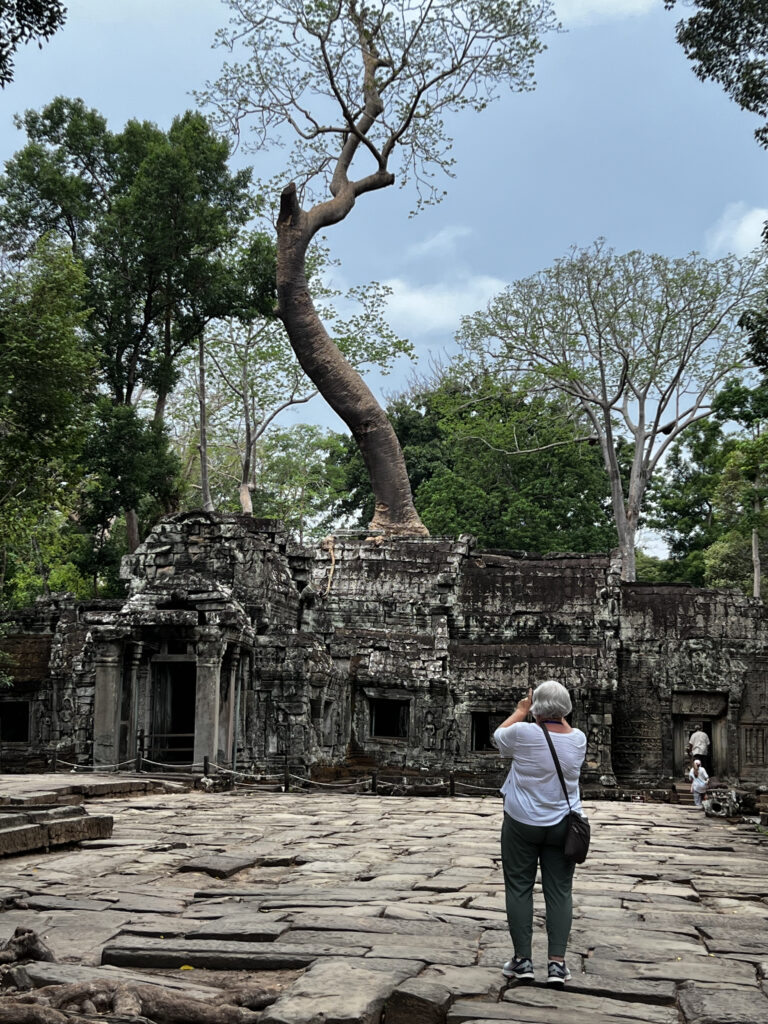







Copyright 2019-2020 Mollywozhere. All rights reserved.
WordPress Di Blog Theme
WeI use cookies to improve your experience on our site. By using our site, you consent to cookies.
Websites store cookies to enhance functionality and personalise your experience. You can manage your preferences, but blocking some cookies may impact site performance and services.
Essential cookies enable basic functions and are necessary for the proper function of the website.

So amazing and beautiful places to visit
Oh yes – they where wonderful countries to visit – an unforgettable experience.